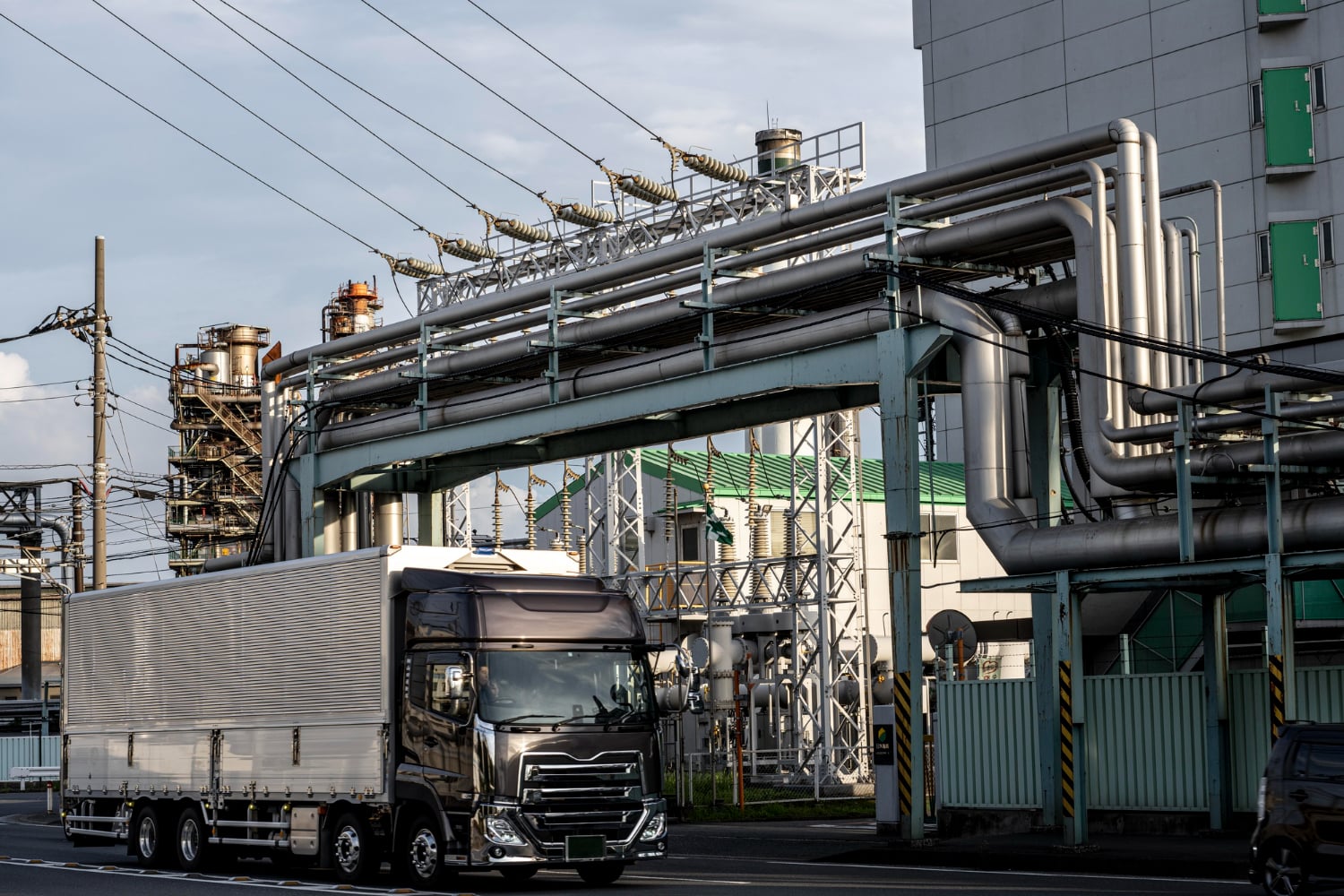Boiler power plants play a crucial role in energy production, supplying power to industries and homes worldwide. This blog aims to provide a foundational understanding of what boiler power plants are, their types, components, and basic functioning.
What is a Boiler Power Plant?
A boiler power plant is an industrial facility where water is heated and converted into steam, which drives turbines to generate electricity. The process involves burning fossil fuels or utilizing alternative energy sources to produce the necessary heat.
Types of Boiler Power Plants
- Coal-Fired Boiler Power Plants
- Description: Uses coal as the primary fuel to heat water in the boiler.
- Advantages: Abundant fuel supply, cost-effective.
- Disadvantages: High carbon emissions, environmental concerns.
- Gas-Fired Boiler Power Plants
- Description: Utilizes natural gas to heat water.
- Advantages: Cleaner than coal, efficient combustion.
- Disadvantages: Still emits greenhouse gases, dependent on gas supply.
- Oil-Fired Boiler Power Plants
- Description: Burns oil to produce heat.
- Advantages: High energy density, reliable.
- Disadvantages: Expensive fuel, significant carbon emissions.
- Biomass-Fired Boiler Power Plants
- Description: Uses organic materials (e.g., wood chips, agricultural waste) as fuel.
- Advantages: Renewable, lower carbon footprint.
- Disadvantages: Variable fuel supply, requires large storage areas.
- Nuclear Boiler Power Plants
- Description: Uses nuclear reactions to generate heat.
- Advantages: Low greenhouse gas emissions, high energy output.
- Disadvantages: Radioactive waste, high initial cost, safety concerns.
Basic Components of a Boiler Power Plant
- Boiler
- Function: Heats water to produce steam.
- Types: Fire-tube, water-tube, and once-through boilers.
- Turbine
- Function: Converts steam energy into mechanical energy.
- Types: Steam turbines, gas turbines.
- Generator
- Function: Converts mechanical energy from the turbine into electrical energy.
- Condenser
- Function: Condenses exhaust steam from the turbine back into water for reuse.
- Cooling Tower
- Function: Cools the water from the condenser before it is recirculated to the boiler.
- Fuel Handling System
- Function: Manages the supply and storage of fuel.
- Control System
- Function: Monitors and regulates the plant’s operations to ensure safety and efficiency.
Basic Functioning of a Boiler Power Plant
- Fuel Combustion: The selected fuel is burned in the boiler’s furnace, generating heat.
- Water Heating: The heat produced is used to convert water into steam in the boiler.
- Steam Expansion: The high-pressure steam is directed to the turbine, causing it to spin.
- Electricity Generation: The turbine’s rotation drives the generator, producing electricity.
- Steam Condensation: Exhaust steam from the turbine is condensed back into water in the condenser.
- Water Recirculation: The condensed water is pumped back to the boiler, and the cycle repeats.
Importance of Boiler Power Plants
- Energy Production: Essential for meeting global energy demands.
- Industrial Applications: Powering manufacturing processes and other industrial operations.
- Economic Impact: Creating jobs and contributing to economic growth in local communities.
Understanding the basics of boiler power plants helps appreciate their role in modern energy infrastructure and the ongoing efforts to make them more efficient and environmentally friendly.
Conclusion
Boiler power plants are integral to our energy systems, and a basic understanding of their types, components, and functioning provides insight into their operation and importance. With advancements in technology and a shift towards sustainable practices, the future of boiler power plants holds promise for cleaner and more efficient energy production.

